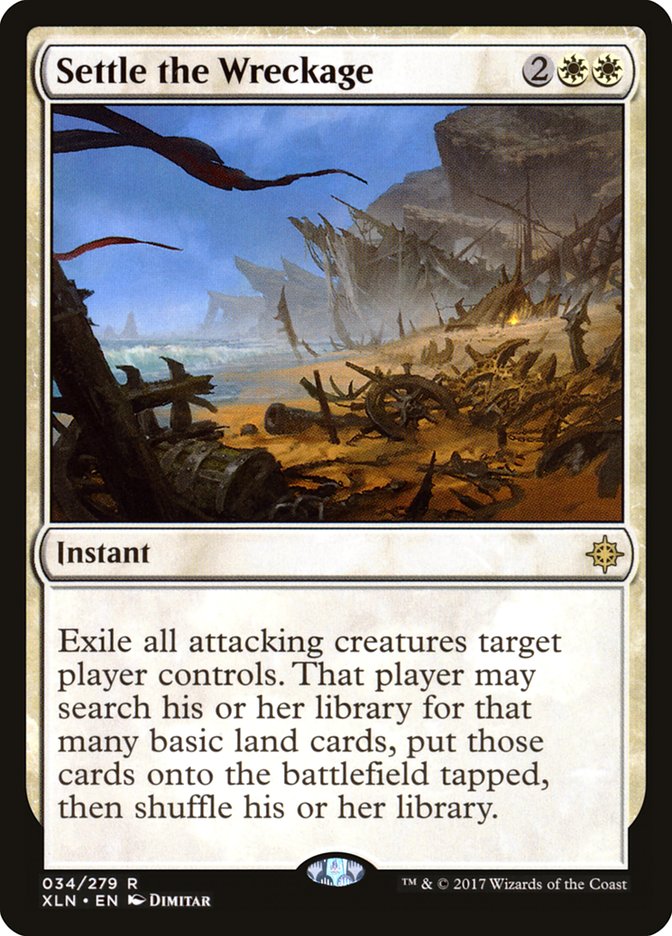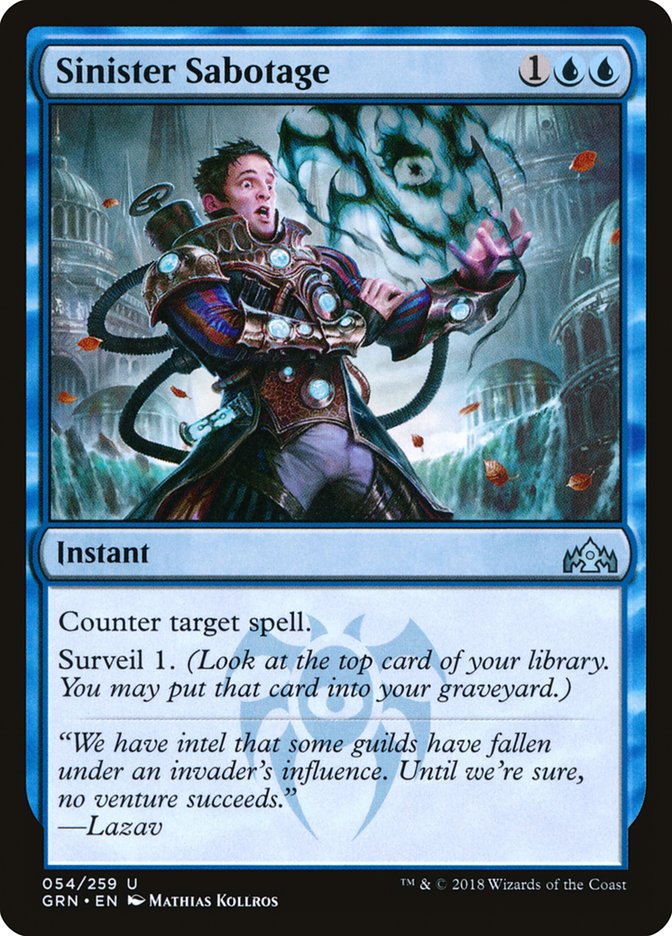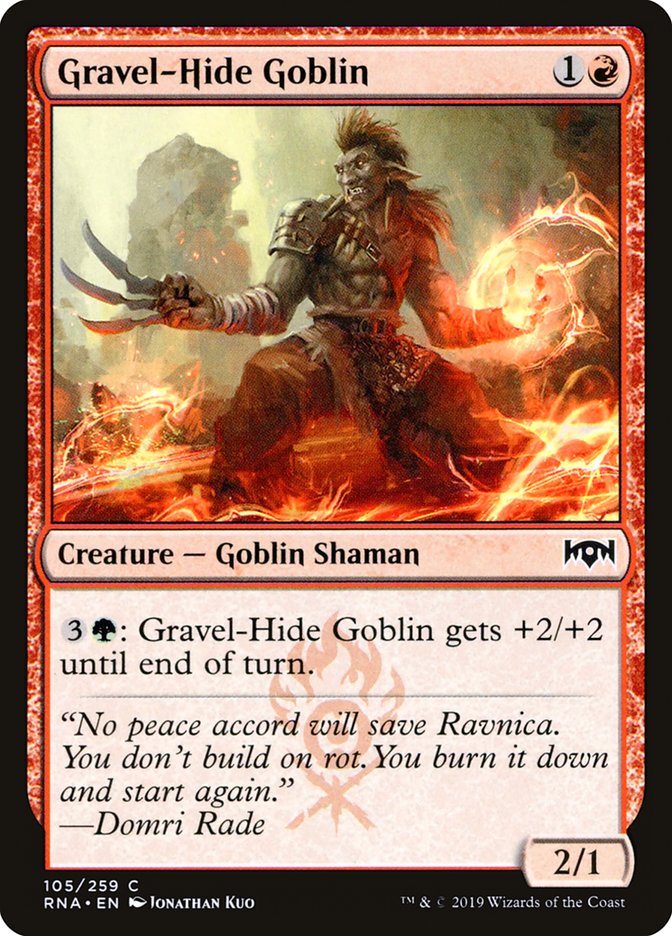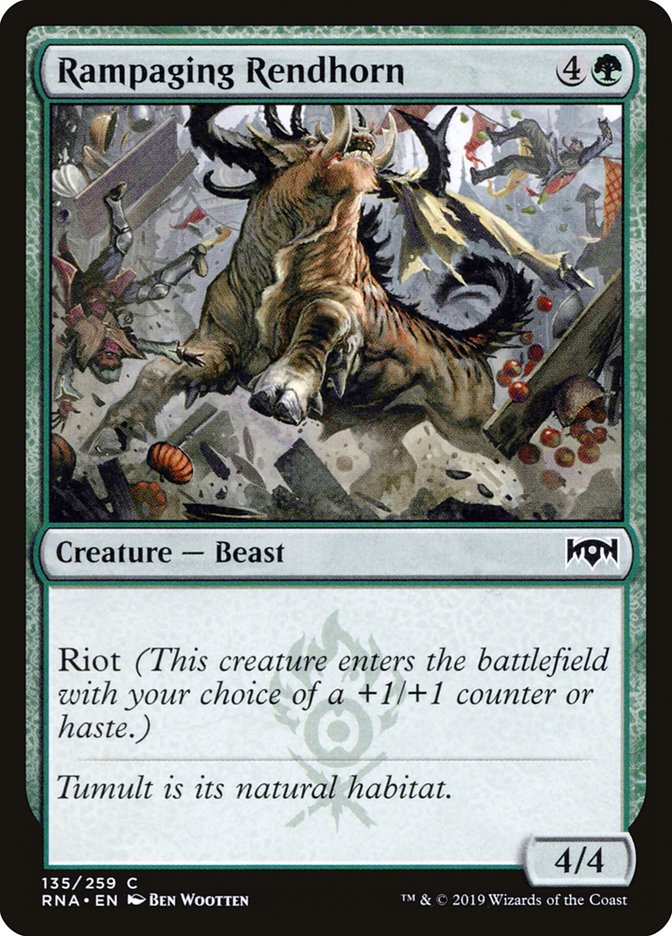It’s no secret that Constructed is the most popular way to play Magic.
Constructed events have higher viewer numbers than Limited and Constructed articles get more clicks. Even the more casual players I talk to that draft on Arena do so to build their collection in order to put together a Tier 1 Standard deck. And once they achieve that, they play much less Draft.
Unlike Constructed, every game of Limited tests your fundamentals. You can’t just have a game that ignores combat, or identifying who’s the beatdown. Learning Constructed formats is like learning choreography, whereas learning Limited formats is like learning improvisation. That’s not to say one is more challenging than the other, but they ask different things. Memorizing play patterns and understanding a matchup is much more important in Constructed than in Limited. And some of the tendencies learned from Constructed are destructive to Limited success.
Constructed: “Mulligan to execute your plan.”
Limited: “Only mulligan if your hand isn’t functional.”
Mulliganing is terrible. I’m thankful that we are allowed to mulligan, since some seven-card hands can’t get the job done, but mulliganing in Limited is substantially more detrimental than mulliganing in Constructed for the following reasons:
1. Your cards aren’t as powerful.
In most Constructed formats, decks are chock-full of powerful cards. Mythics and rares are designed such that they can come back from behind. They generate card advantage. They close games quickly. And when your deck has a density of cards like these, the difference of one card is a lot easier to make up.
In Limited, this is rarely the case. Very few cards generate card advantage, and those that do are expensive. Azorius decks in Limited play Sphinx’s Insight, while Azorius decks in Standard right now can play Chemister’s Insight. God forbid there’s a card like Sphinx’s Revelation.
It’s not that it’s good to mulligan in Constructed, but it’s a lot easier to come back from. Almost every game of Limited is a grind of resources between cards that trade one-for-one. Games are often about combat positioning in order to yield profitable trades to end ahead on resources. Every card matters.
2. Your decks aren’t as good at executing a plan.
Draft decks contain filler cards. Constructed decks do not. For example, aggressive decks in Limited often play more expensive creatures because there isn’t a density of serviceable cheap ones. This also means shaving lands isn’t always feasible in aggressive Draft decks.
In Constructed, land counts are lighter for these kinds of decks and they are filled to the brim with cheap aggressive creatures. The probability of having a one-drop to start the game is so high that it can be correct to mulligan a hand that doesn’t have one simply because a six-card hand with a one-drop will be better.
Do not do this in Limited!
If your deck is aggressive, but your hand is functional and doesn’t have a two-drop, don’t mulligan. It’s the exception if your deck happens to have the incredible density of cheap creatures. Most games won’t end on Turn 5 because one player curved out. Each player will cast their creatures, some will be removed, and others will trade in combat. Having access to one less card greatly decreases the probability you can push through the resource war during combat in a profitable manner.
Constructed: “Play around it.”
Limited: “Make them have it.”
The majority of Constructed decks are built with cards in multiples. The majority of Limited decks only have one copy of any given card. Furthermore, any Constructed archetype has a minimal amount of deviation. Maybe the pilot has some differing card choices than the norm, but it’s rarely far off from consensus. In Limited, decks of the same color combination often differ by a large margin due to consisting of more diverse cards, where those cards are dependent on the cards opened in random packs at a Draft table.
When you can be certain that your opponent’s deck contains four copies of Settle the Wreckage, it is often correct to play around the card. Same goes for Sinister Sabotage, a burn spell, and more. The more you play a matchup, the more you learn to recognize what play patterns suggest what cards are in your opponent’s hand, and you can use this information to play around the proper cards.
This is shared between Limited and Constructed; however, the breadth of cards that could reasonably be in your opponent’s deck is much larger in Limited. And the probability of any of those specific cards is also much smaller in Limited. This means that it’s often incorrect to play around a specific card, and instead correct to play around a set of cards.
Rather than playing around the cards you know are in your opponent’s deck, you have to discern what cards are best against you and if it’s likely that your opponent has them. If you can afford to not attack into Divine Verdict to waste their mana, great. But more often than not you can’t afford to do things like this in Limited. The probability of any given card is low enough that it’s better to make them have it than to respect it. I see too many players lose games by playing around too many cards to the point where the game plays out as if the opponent really had them.
Constructed: “Linearize your deck or strategy.”
Limited: “Draft a deck that can play multiple roles.”
In Limited, every deck is secretly a midrange deck. Occasionally you come across true control decks, like the Clear the Mind decks in Ravnica Allegiance, and sometimes the aggressive decks in the format are hyper-linear and play fourteen lands and a ton of one-drops. But for the most part, decks in Limited are best when they have a good curve of creatures such that they can attack and assume the beatdown role, and also have access to powerful late-game spells.
Looking at aggressive decks in Constructed, they don’t tend to touch cards above four mana. On the other hand, a Gruul aggro deck in Limited will gladly play a couple of Rampaging Rendhorns. In fact, many aggressive Gruul variants like cards like Rendhorn more than the two-drops like Feral Maaka and Gravel-Hide Goblin. Card quality matters because you won’t always execute your plan.
I mentioned in the mulligan section of this article that aggressive decks in Limited sometimes have to keep hands without an early creature. It isn’t ideal, but one of the reasons that this is okay is that these aggressive decks still have copies of cards that scale well as the game goes on. If you can linearize the deck you draft such that it’s a smooth machine, that’s great; however, it’s not a common occurrence. Limited decks have filler. They’re clunky. And because of this, it’s important not to hyper-focus on what your deck is trying to do.
Draft with a plan, but don’t blind yourself by it.





